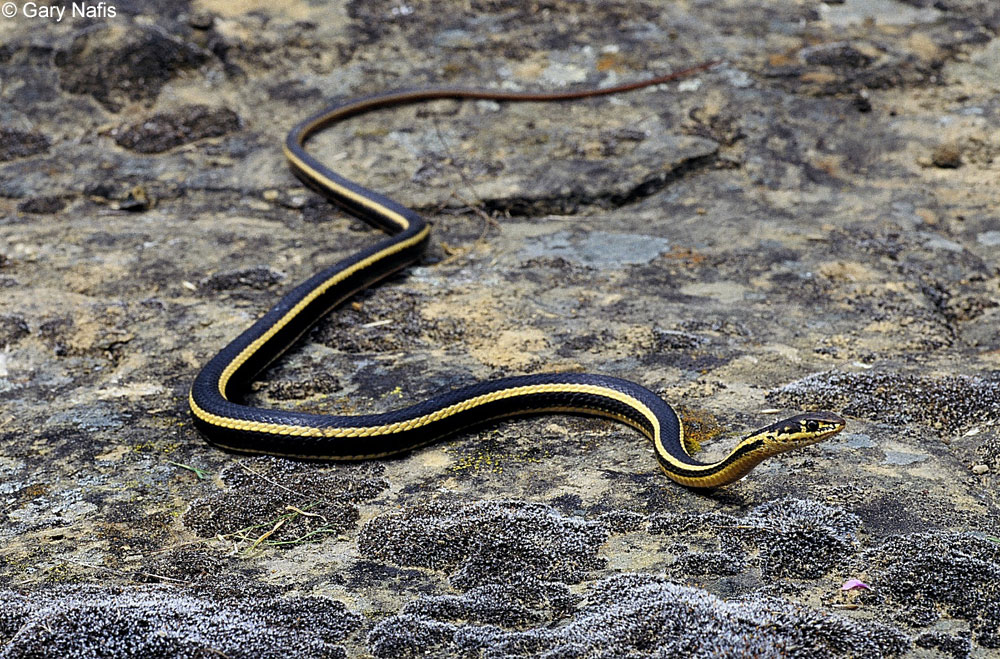Striped Racer - Coluber lateralis
Alameda Striped Racer (Alameda Whipsnake) - Coluber lateralis euryxanthus


This taxonomy is no longer used on this website. The genus was returned to Masticophis from Coluber. Follow the link below for more pictures and information. |
| Alameda Striped Racer - Masticophis lateralis euryxanthus |
 |
Return to the Top
© 2000 -
